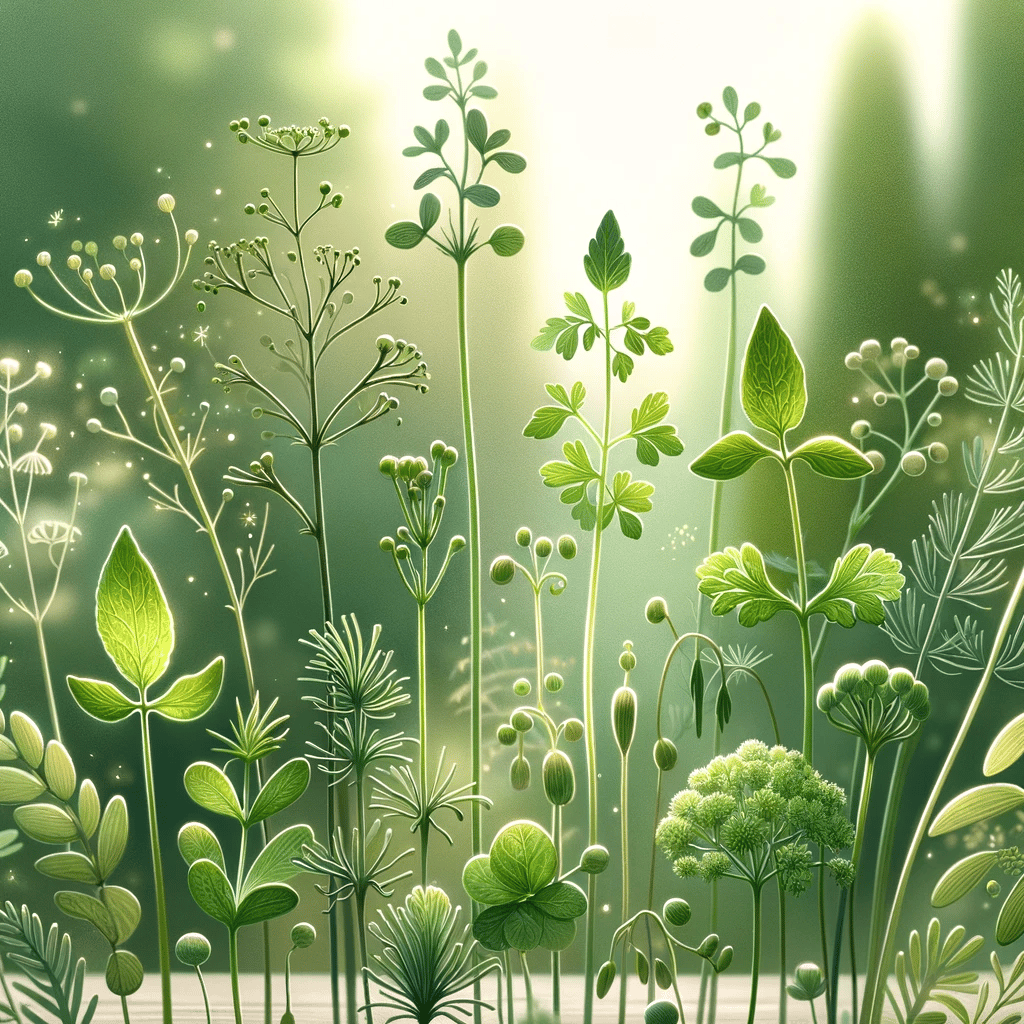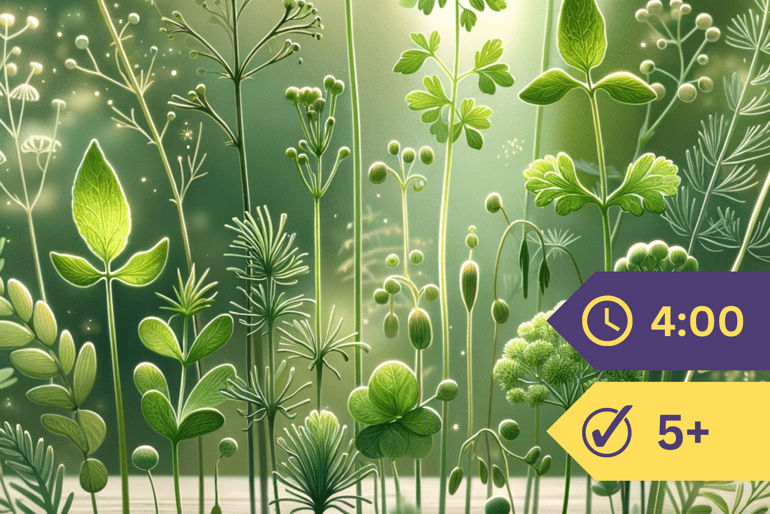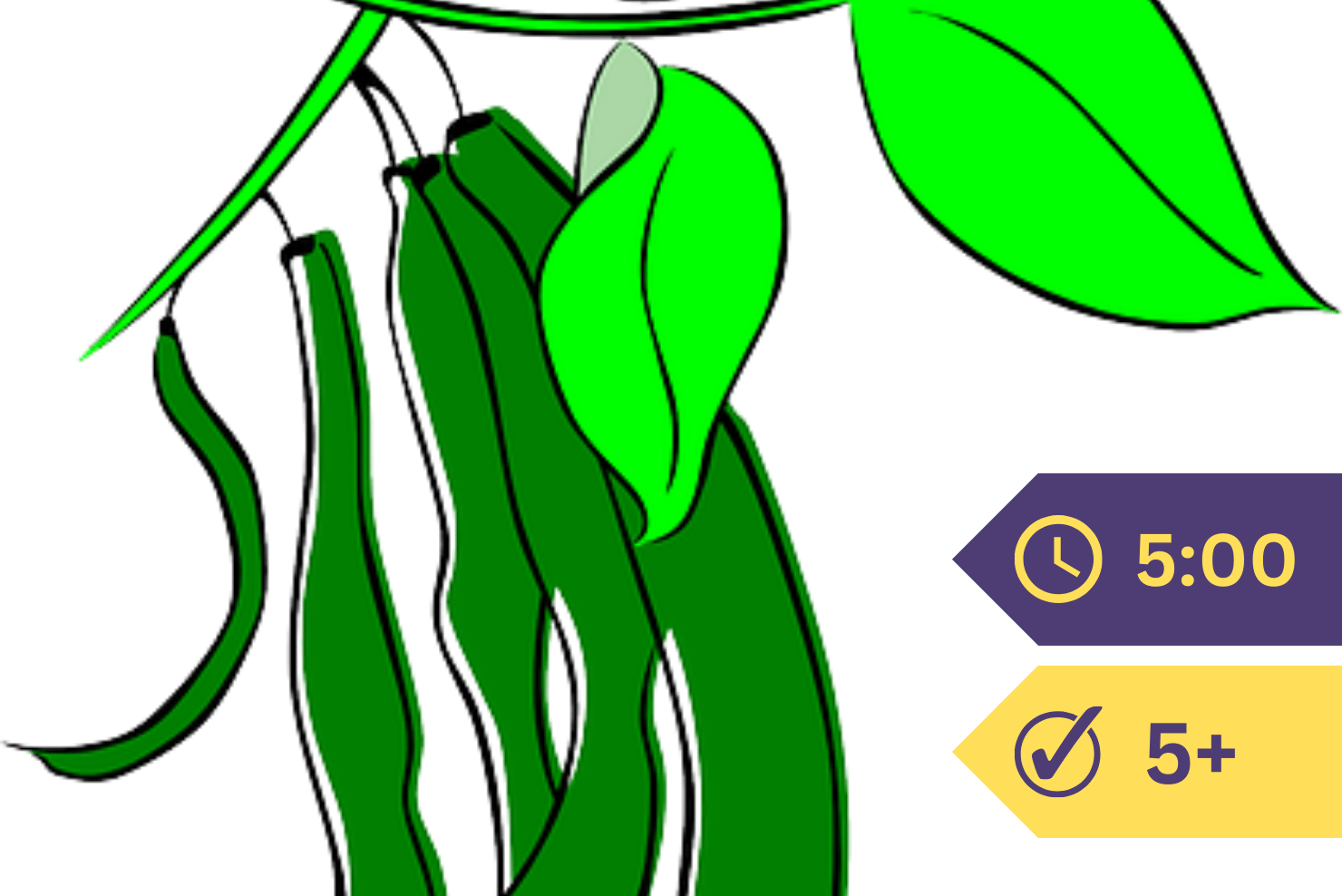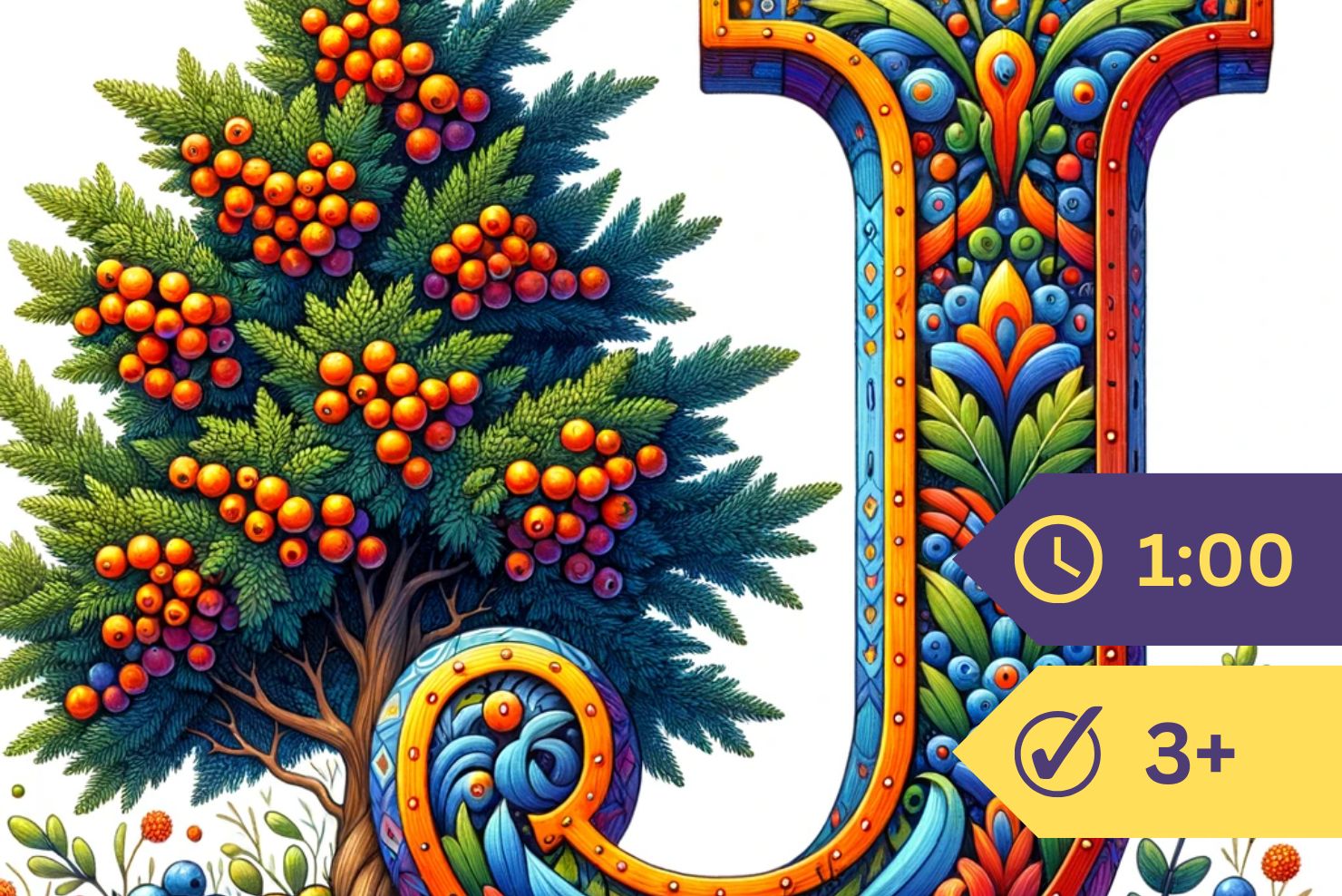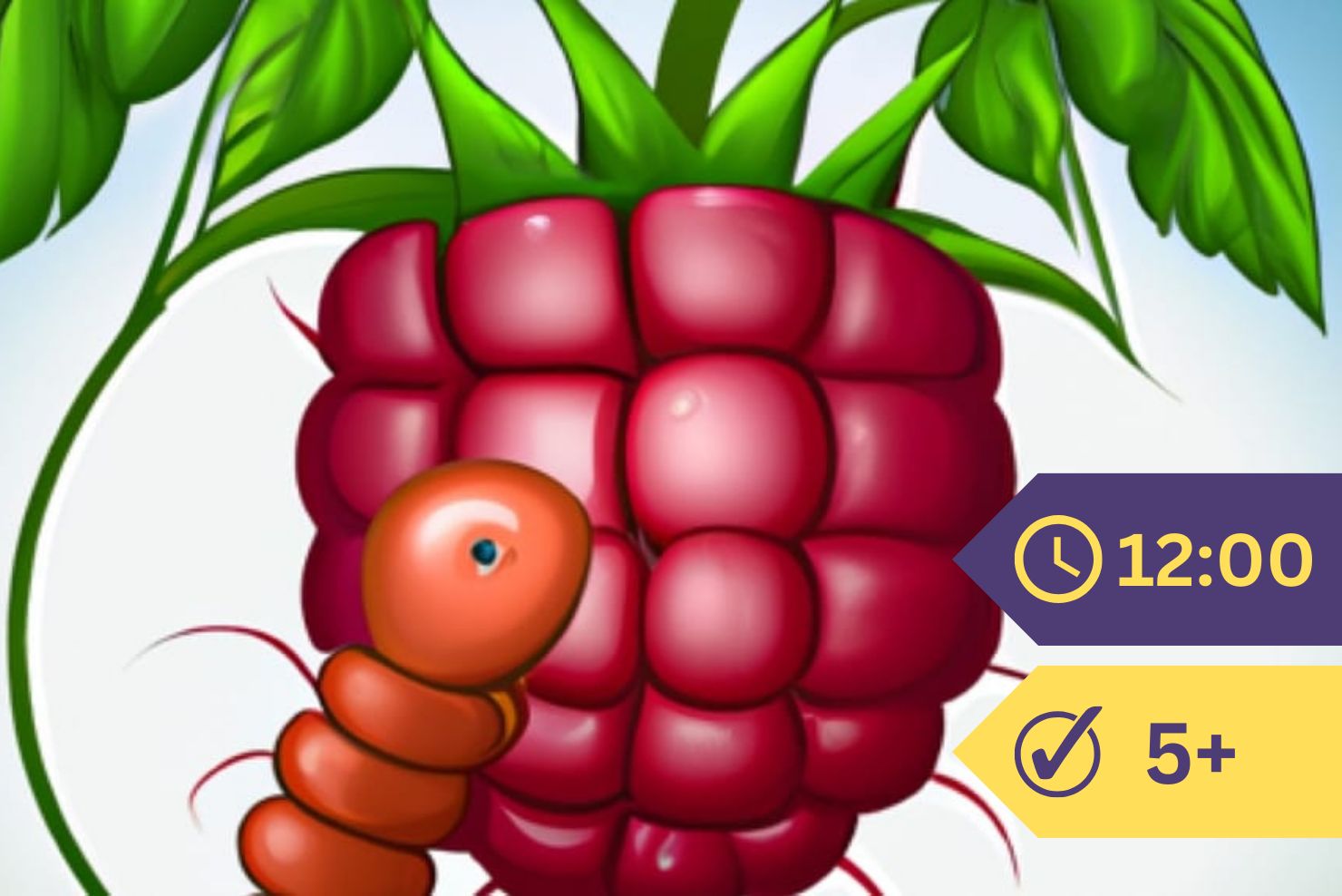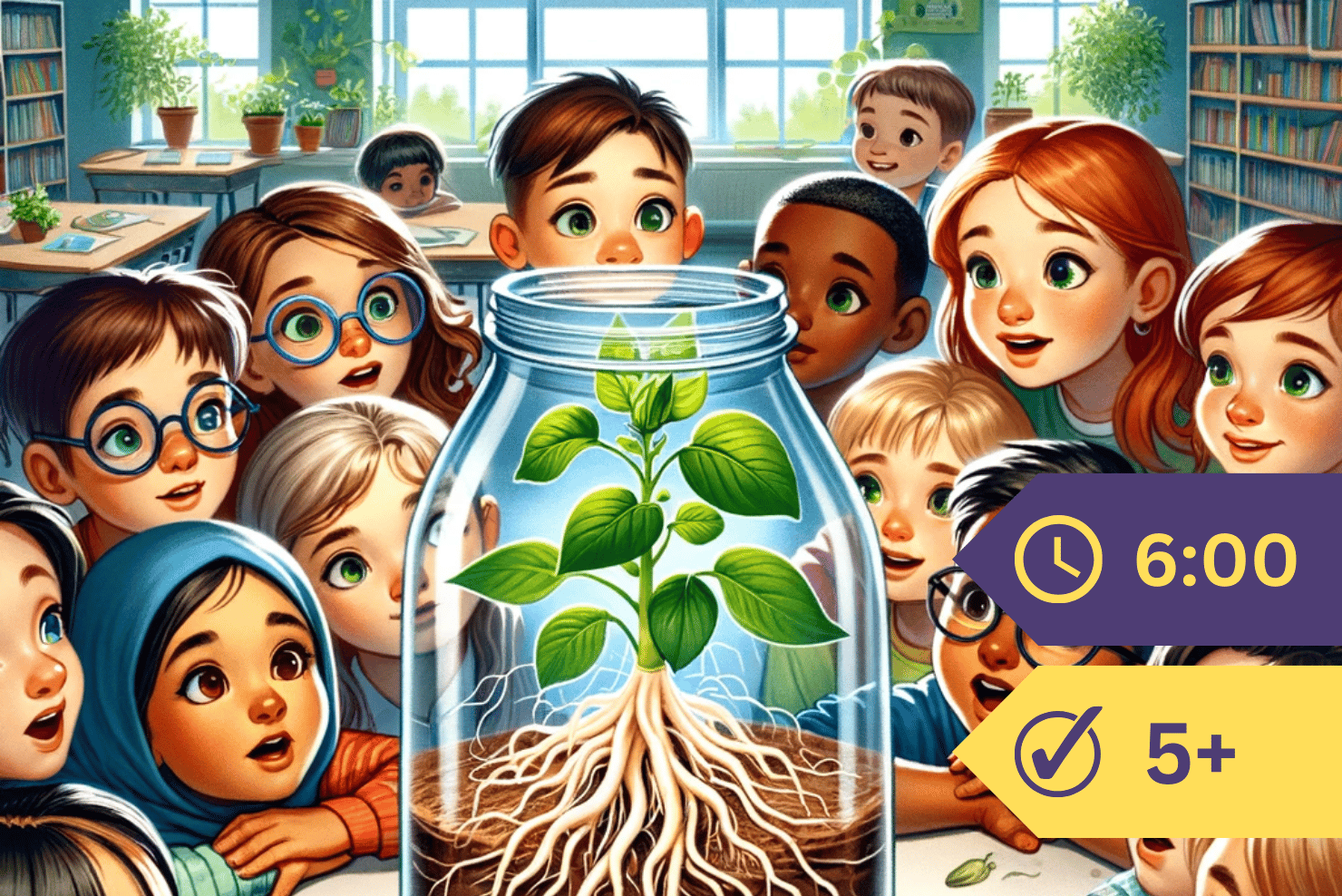It is wonderful how much there is to learn about everything.
We began this book with an apple, and I had no more idea than you that that apple was going to keep us busy for days.
And then the apple reminded us of its cousins, the pear and plum and peach and cherry and rose. And if we had not stopped short, we should have been introduced to so many more cousins that we should have had neither room nor time for anything else.
From fruits we went to seeds.
At first it seemed almost as though we ought to finish up the seeds in two or three readings; but this did not prove to be the case.
The mere naming of the different ways in which seeds went traveling, covered so many pages that it was all we could do to find time to tell how a few of the baby plants were cared for, and how they made their way out of the seed shell into the world.
But when we came to roots, we felt there would be no temptation to loiter by the way, for roots seemed rather dismal things to talk about. Yet it took some little time to show the different uses of a root, and to talk about air roots and water roots, as well as earth[Pg 123] roots. It was not altogether easy to make clear just how the little root hairs keep acids on hand in which to melt the solid earth food which their throats are too delicate to swallow. And it was quite a long story when we came to the dodder, which roots in the stems of living plants, and steals all its food from them; and to those orchids whose long roots swing from tree branches and draw their nourishment from the air.
About stems, however, even I felt a little discouraged; for though it is from the stem that all other parts of a plant grow, yet it is not looked upon generally as an interesting object when studied by itself; and I dare say you children still feel that stems are less amusing than fruits, or seeds, or roots.
Still we can hardly help admiring the way in which a stem, when it lies underground, like that of the lily or the Jack-in-the-pulpit, makes its food so carefully all through the summer, and waits so patiently through the long winter in order to help its plant to burst into flower, and to ripen into fruit as soon as possible, and without more labor and food hunting when the spring comes.
When a stem, like that of the morning-glory, sweeps slowly and carefully through the air in search of something to lay hold of in its efforts to climb upward, and when, on finding this support, it makes such good use of it, we feel inclined to say, “Well done, little stem.”
And when a stem on land knows how to keep off meddlers, yet has the wisdom not to take unnecessary trouble when afloat, like that of the amphibious knotweed, then we feel that a plant gives its stem, as well as its other parts, a large supply of common sense.
There is a great deal more that might be said on this subject. What a plant lives on, what it eats and drinks and breathes, is very interesting to learn about. And of course the food taken in by the roots must be carried upward through the stem. But to write simply about this is difficult. As much as I think most of you can understand, I will tell you when we take up leaves.
